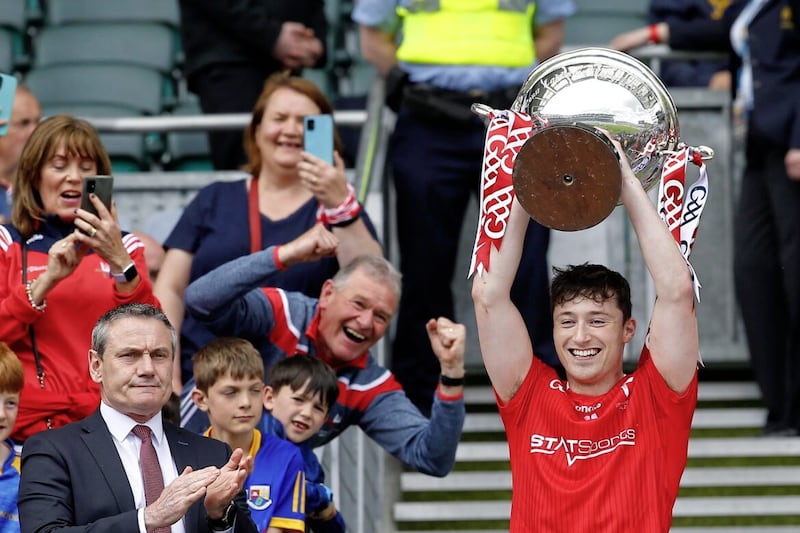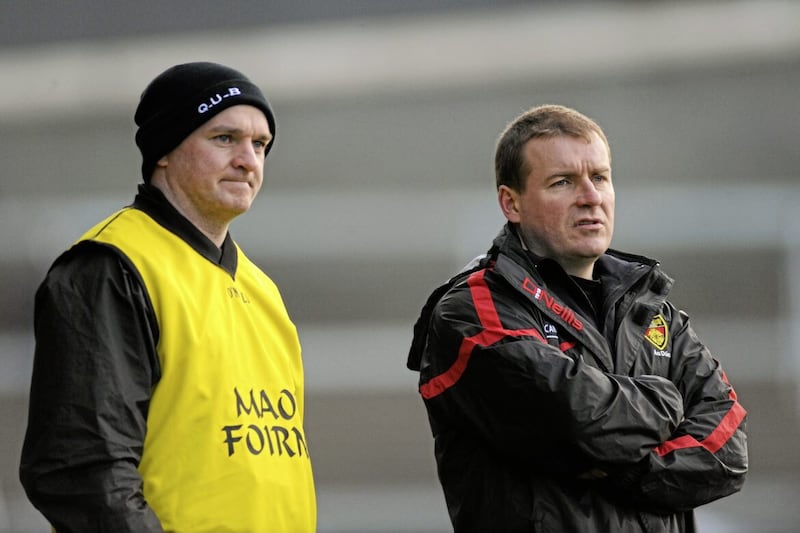“On the way to the locker room, one of the English guys – it turned out to be Hodge, but I wasn’t sure at the time – asked me to swap jerseys with him. I said yes and we did.” – Diego Armando Maradona and Daniel Arcucci ‘Touched by God: How we won the Mexico ’86 World Cup’
WHEN Steve Hodge disappeared into the bowels of the Azteca Stadium in search of Diego Maradona’s navy number 10 shirt, little did he know his successful pursuit would land him a cool £7.1m at Sotheby’s auction 36 years later.
On Sunday June 22, 1986, beneath a baking hot Mexican sun, Argentina knocked England out of the 1986 World Cup quarter-finals.
Maradona, the undoubted star of the tournament, had just conjured two of the most talked-about moments in footballing history against the English.
The ‘Hand of God’ and his slalom run that resulted in the best goal ever scored at a World Cup. Just 23 at the time and on the cusp of leaving Aston Villa for Tottenham Hotspur at home, Hodge travelled to the finals as a squad player.
But once Bryan Robson suffered a shoulder injury in England’s opening group game against Portugal and Ray Wilkins was sent off in their second tie with Morocco, England's midfield had to be re-jigged and Hodge was promoted to the starting line-up for the remainder of the tournament.
Hodge was a hard-working, honest-as-the-day-is-long midfielder with a decent left foot. In the second half of that ill-fated quarter-final against eventual winners Argentina, Hodge made a memorable tackle on the advancing Maradona.
It was memorable because it was probably the only time in the game the English managed to dislodge the ball from Maradona’s wonderful left foot by fair means.
More memorable again was his sliced attempt at a clearance that led to the 'Hand of God'.
By the end, the little genius had mugged Bobby Robson’s England and would do the same to semi-final gate-crashers Belgium and West Germany in the final.
In the build-up to the last eight meeting, Argentina had to dispense with their first-choice strip as it clashed with England’s white jerseys.
In the background, something of a kit fiasco had emerged in the Argentine camp during the finals.
They wore their second-choice navy jerseys in the second-round clash with Uruguay in Puebla, which they won 1-0.
In the second half against their South American neighbours, the heavens opened and Argentina’s navy jerseys became like heavy wet sweaters.
They couldn’t take the chance of another rain storm in Mexico City against England and being weighed down again.
It’s crazy to think now that a national team of such standing didn’t have alternative kits on standby.
Instead, manager Carlos Bilardo sent out one his team kit men to source a set of navy jerseys in Mexico City.
“Poor Rubén Moschella went to 40 different stores. Forty… and found two jerseys at two different stores,” Maradona told author Daniel Arcucci in 2017.
The national team crests were sewn onto the jerseys by two seamstresses the day before the England game.
“They did a pretty good job but missed a few details, like the laurel leaves,” Maradona said.
“And the numbers, the numbers were a joke. When we went out onto the field, some of the guys had sparkles on their face because the numbers were silver and sparkly. And after genius kit man Tito Benrós had ironed those numbers onto 38 jerseys, he looked like he should have been at carnival, not the Azteca stadium.
“So with our hands and faces covered in sparkles, we went to sleep at 11 o’clock that night. And the game was early the next morning.”
So there they were, Argentina's national team playing England in the World Cup quarter-finals wearing cheap jerseys from a local sports shop, bought from somewhere in the heart of Mexico City with silvery numbers on their backs and hastily sewn crests on the front of them.
They were a set of jerseys that were supposed to be purchased and worn by some random amateur team in the city.
Instead, they graced the backs of World Cup winners, Jorge Valdano, Jose Luis Brown, Jorge Burruchaga and Maradona himself, whose sweat-drenched jersey was sold to an anonymous bidder for over £7m earlier this week.
Following the death of Maradona in November 2020, Hodge insisted the jersey was “not for sale” because of its “sentimental value”.
Back then, Hodge, who had placed the jersey in a Manchester museum, said: “There has been a bit of flak flying around that I am wanting a million or two million and I am hawking it around for money. I just find it totally wrong and disrespectful.”
Hodge obviously had a change of heart since.
The auction house described Maradona’s jersey as in “good overall condition consistent with heavy use, perspiration and athletic activity” and with “slight de-threading on hemming on the front bottom of the shirt, and minor spots throughout.”
Even after all these years, goalkeeper Peter Shilton and defender Terry Butcher remain miffed by Maradona’s ‘Hand of God’ act and are expressly begrudging towards the genius of his second goal.
In actual fact, Shilton is on the record as being annoyed at Hodge for having the temerity to seek out Maradona after the game to get the Argentine’s jersey.
Other England players of the time, including Gary Lineker, Peter Reid and John Barnes, have been more gracious and, with the passing of time, felt more privileged to have shared a pitch with one of the greatest-ever footballers.
Shilton’s enduring outrage, though, is perhaps his way of deflecting the conversation away from the fact that he allowed the diminutive Maradona to out-jump him that resulted in the infamous ‘Hand of God’.
It was a terribly inept piece of goalkeeping.
In later life, Maradona never stopped teasing Shilton either.
In his conversations with Arcucci, he said: “Shilton, the goalie, was sure pissed though. And he still is. He said: ‘I won’t invite Maradona to my testimonial match.’ Ha! And who would want to go to a goalie’s testimonial match, let alone Shilton’s?
“I mean, that guy’s shock absorbers are worn out. Have you seen how he walks? Check it out, you’ll see. New shock absorbers are what he needs.”
Maradona’s navy jersey, with the silvery number 10 on the back, never belonged in a museum in Manchester.
It belongs in Argentina - somewhere close to the dirt-poor streets of Villa Fiorito, Buenos Aires, where a true footballing genius was born.
We hope that's the intentions of the anonymous bidder.








